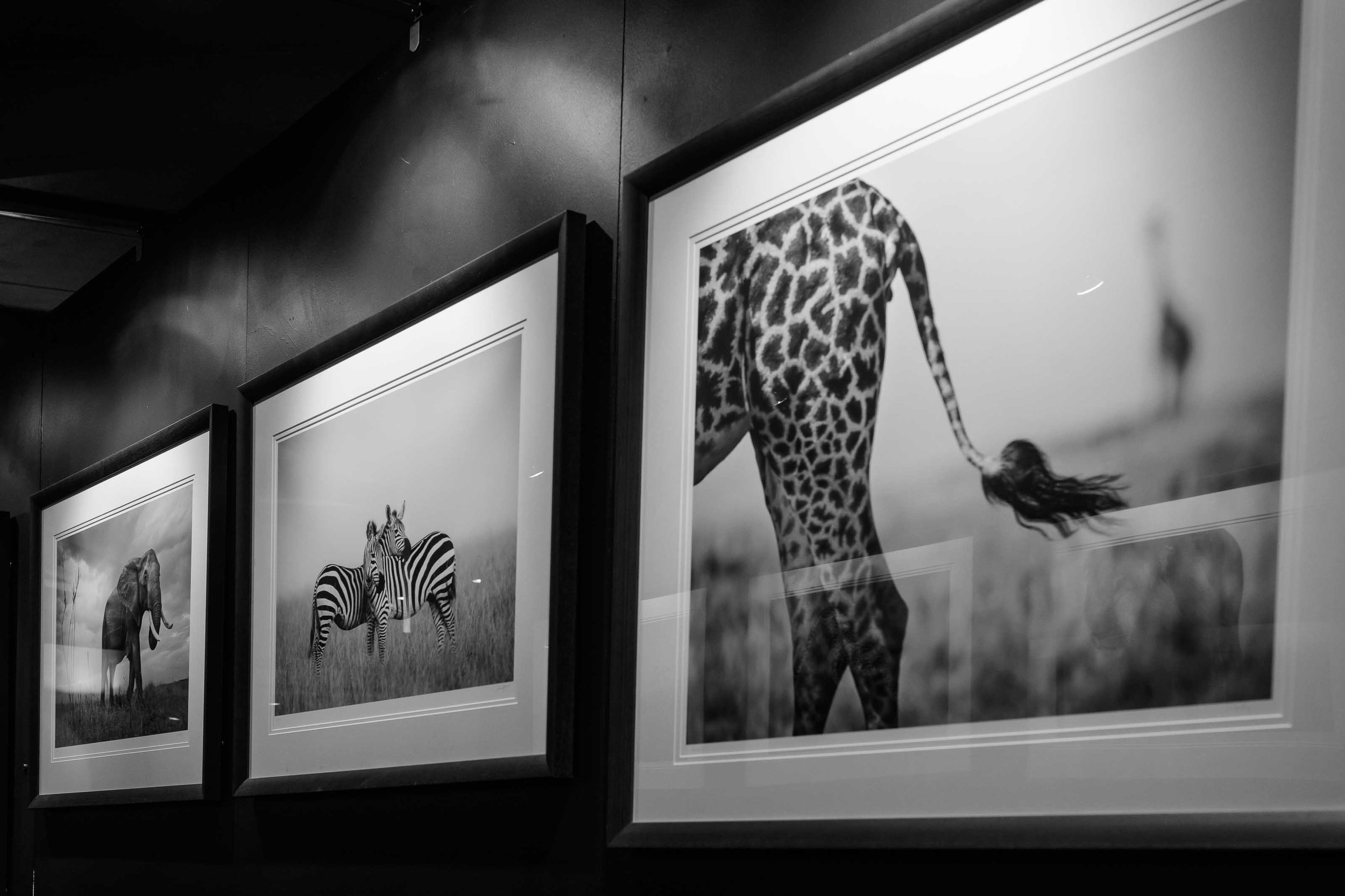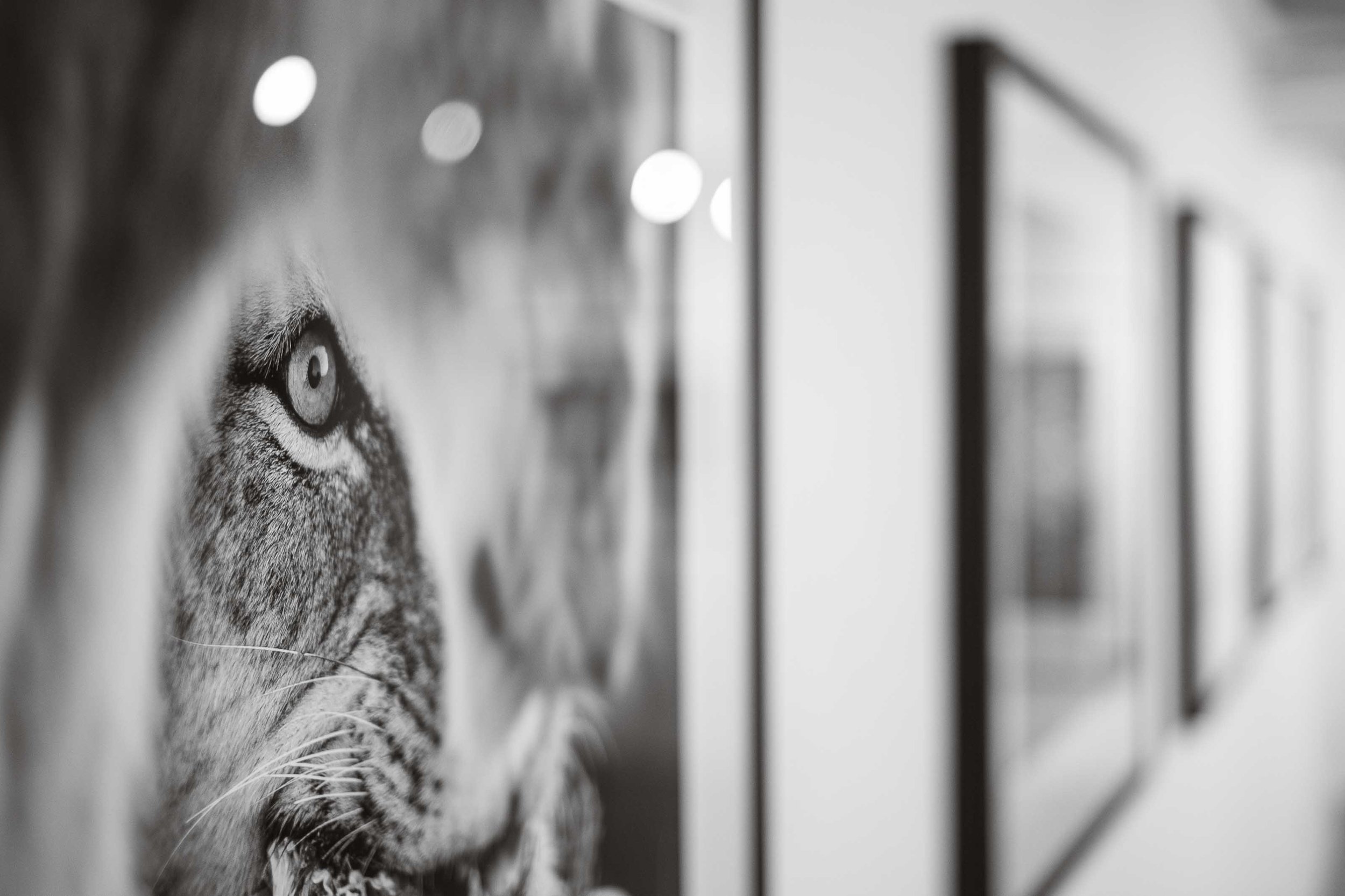Wildlife Photography Career Tips: How To Move From Pastime To Full-Time
Any photographer today with a good online and social media presence probably receives, as I do, emails and messages every day from those who aspire to move into photography full-time.
They get in touch seeking advice on how to start a photography career or how to pursue a career in photography that will earn them a full-time salary. Unfortunately, there are only so many hours in a day and it's simply not possible for me to answer all requests of this nature.
It is certainly not possible to answer them independently with personalised responses about how to start or develop a wildlife photography career.
Career advice for aspiring wildlife photographers
The difficulty with responding is also down to the fact that everyone, and certainly every professional photographer, has unique preferences, their style, and a different ambition to the next person. This makes it impossible for me to send a standard template response to those who get in touch (apologies if that is you).
The prevailing advice to aspiring wildlife photographers who wish to become full-time professionals is to adopt a style, photograph what you enjoy and work hard, then the results will come and success will follow.
But my view is that these words offer no real advice at all! It's an empty answer. A get-out-of-jail response to a difficult question asked.
My wildlife photography career journey
When I was younger, I wanted to become a wildlife photographer like Jim Brandenburg or Michael Nichols. It seemed a very cool thing to do…visit the Arctic, take photos of wolves, write to National Geographic and there you are.
However the flaws were that the photography gear cost more than a car, I didn't have any money, and of my inspiration for that very thing, Mr Brandenburg had just done it. There were other flaws too of course, too numerous to list.
So I put aside my dreams of a wildlife photography career and retreated to ordinary photography—developing and printing photos for a local newspaper. I set up a home darkroom and made that a hobby too.
I was the sole owner of a camera in my circle in the days when there were few. Even a simple consumer SLR (like my Pentax ME Super) was assumed to be the camera of a working pro, so rarely were such things seen.
Related: Interview about my wildlife career in Wherever Magazine
My path to becoming a professional wildlife photographer
After that, I found my way into design and advertising, and retired my camera for ten years, more out of circumstance than anything, while all the time having the idea I would return to it.
All of this kept me occupied for a decade or more, I did what I enjoyed, and I made some nice things—I got to do good design, illustration, typography, websites and even software. I made a website to sell the software I'd written. But I grew older and decided it was time for a change.
What I didn't know then, was that these things were layering up for something that lay ahead.
Stepping stones towards a full-time career in photography
What I know now is that I wasn’t mature enough to be a full-time photographer when I was first inspired to go and photograph the wolves.
I know now that the qualities required for a successful photography career were far more than using a camera well, far more than knowing your subject, and far more than any taught knowledge.
If it wasn't for those years I would not now have the same aesthetic sense or creativity I can put into my wildlife pictures today, nor make a website, or even write something like this.
I also would not have had the levels of diplomacy I think I have now to deal with people, places, or any of the unexpected turn of events I have since met with.
In pure photography terms, the knowledge and grounding of a manual-only camera and film and processing has stood me well too, as has using a camera only capable of 36 frames before reloading. (Photographers raised on film tend to be more considered. I sometimes wish Compact Flash and SD cards only held a maximum of 36 pictures.)
Creativity in photography
In my naivety in wanting to photograph wolves in the Arctic, I was oblivious too to the plain fact that I would have only replicated what someone else had done before.
If you want to do anything well, the key is to do it better than it has been done before or to do something new. (In the case with me after Mr Brandenburg and his wolves, I was set to fail on both counts.)
Creativity is key. Organisation and discipline follow.
It's a competitive world and there are more and more photographers to compete with for attention. Running out the same material as others will only hinder ambition.
Wildlife photography career advice
What I have learnt over the years is that a lot of photography is done without a camera. Much of it is done on notepads making ideas.
Also, the best chance of success in photography is by offering something that's either an improvement on an existing idea or something completely new. Neither is easy.
A holy grail for any photographer who is aspiring to improve is to strive to make a photograph no one else yet has. That alone could be your inspiration.
Past-time to full-time: Wildlife photography career tips
In essence, no photographer can tell another how to become a full-time one. Instead, they can only relate their own stories and experiences. There can be no better advice.
If you hear enough of them, then maybe there will be something from each of them to make up your own story and inspire your wildlife photography career. I think it's the only way. There is no single template response.
David




